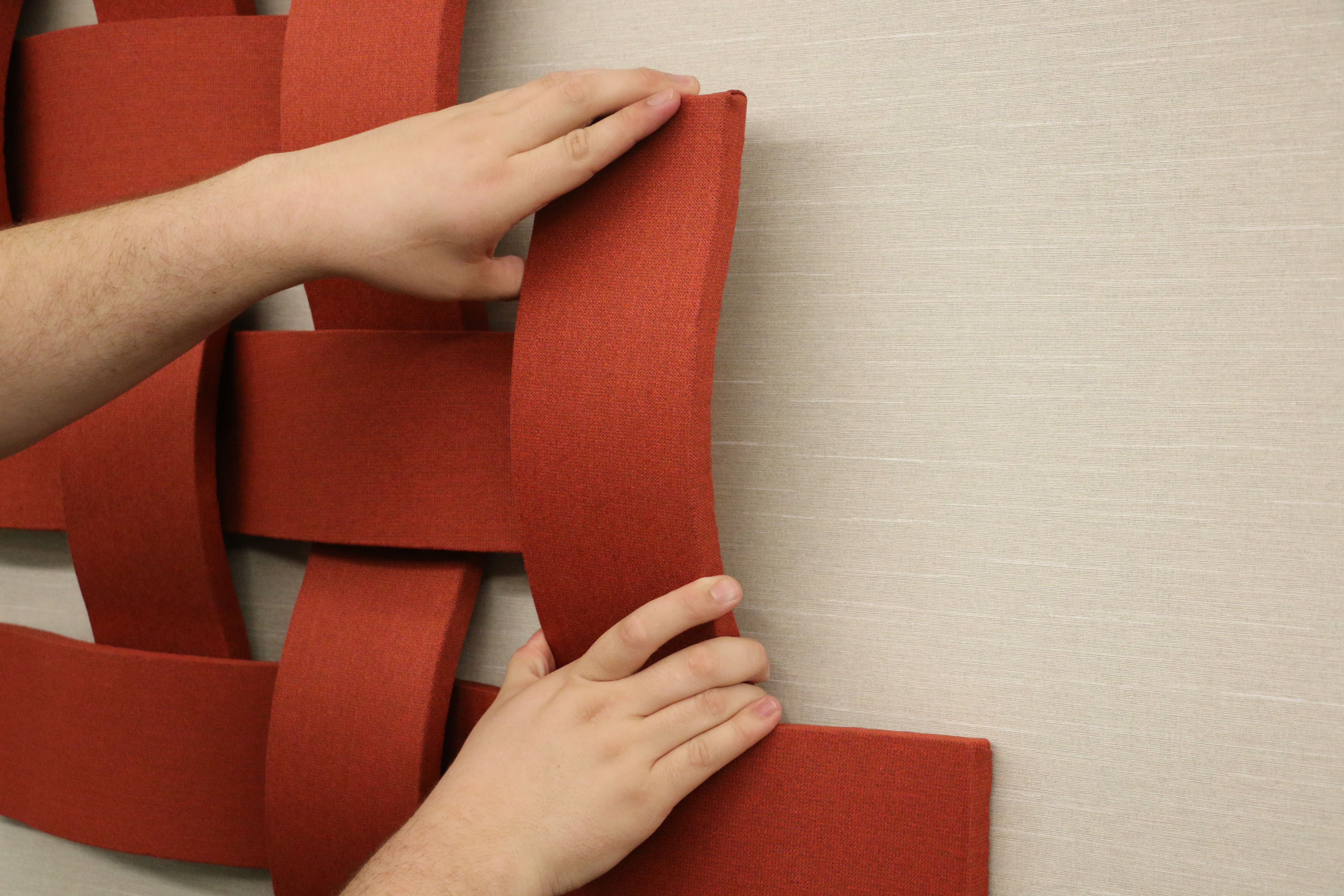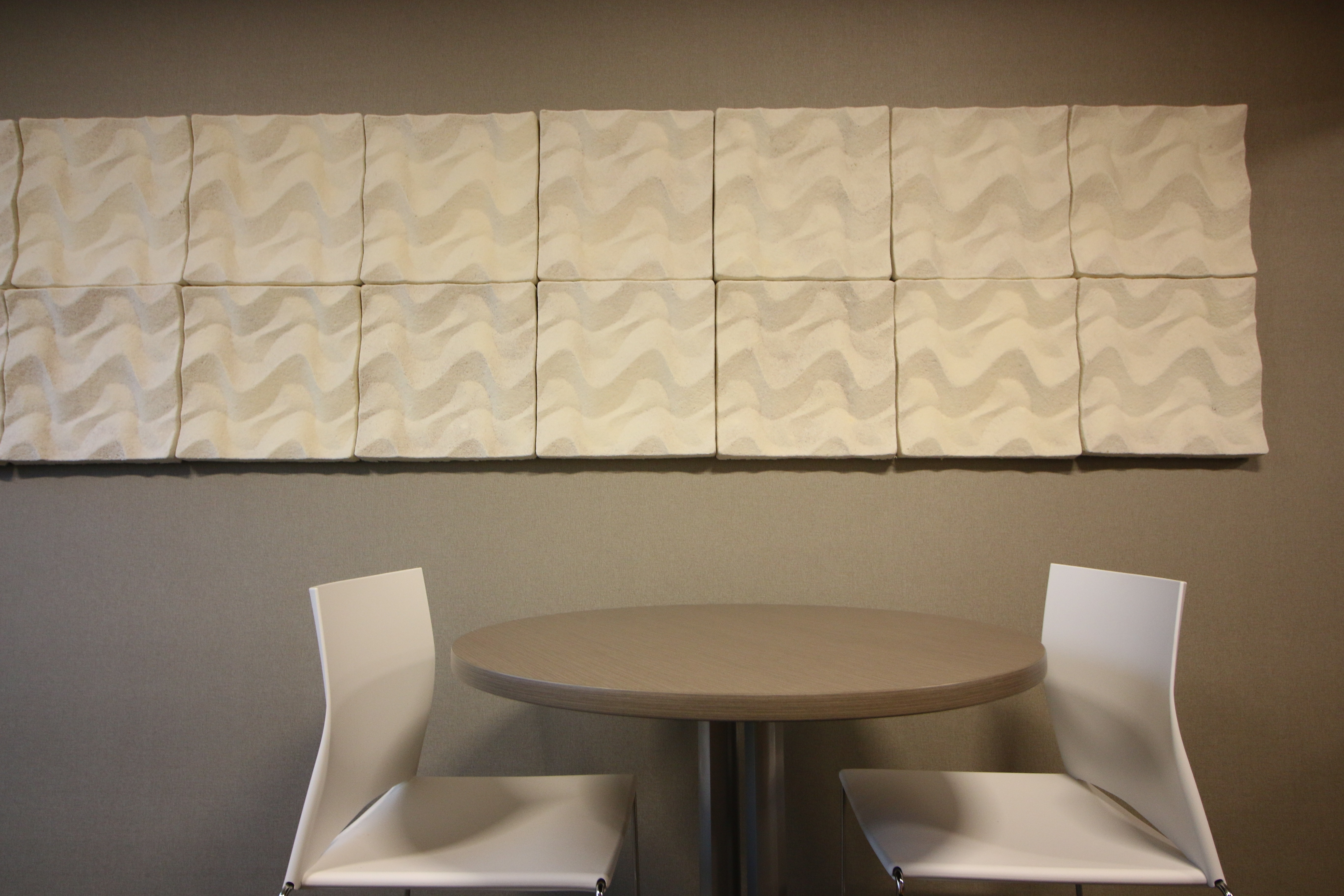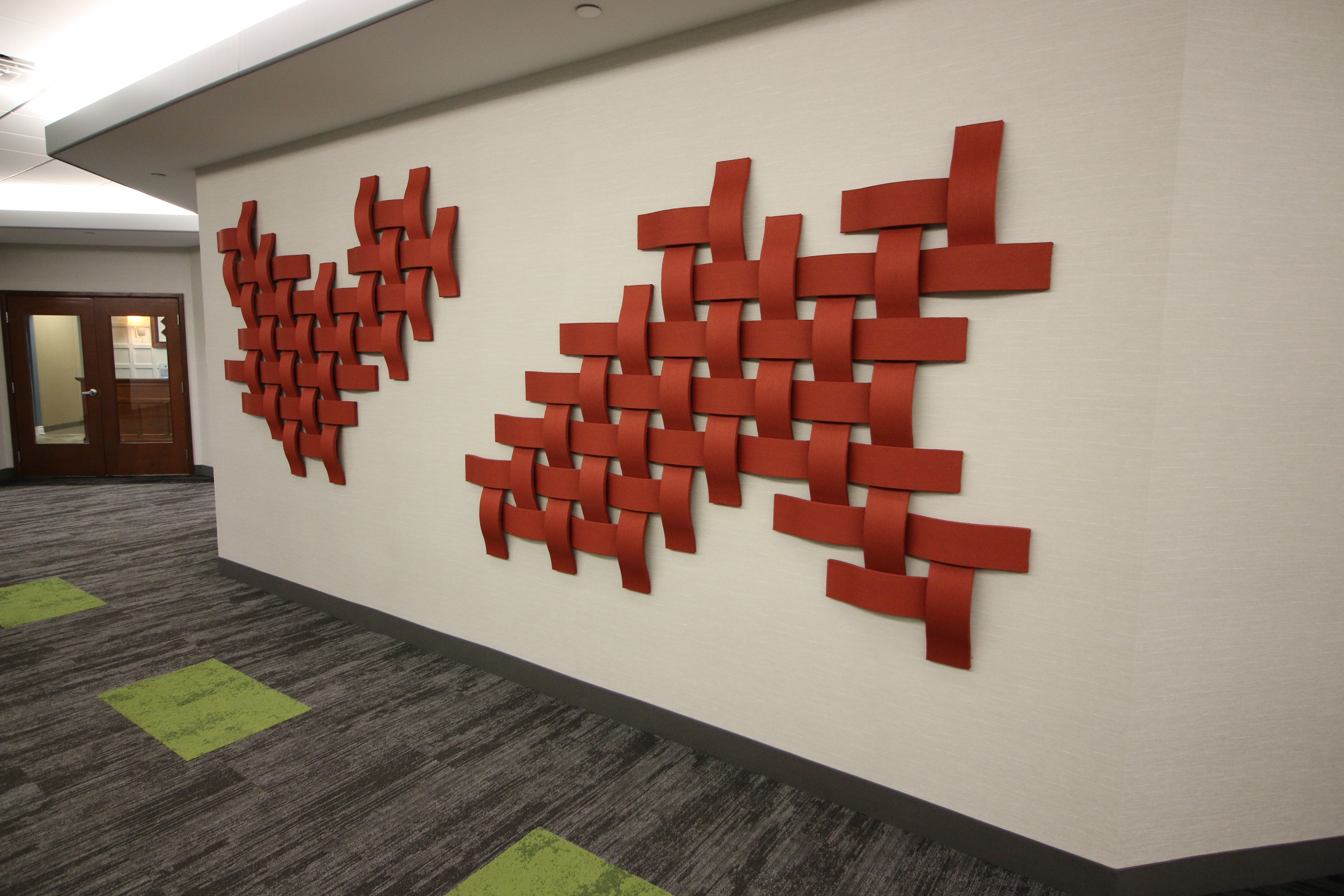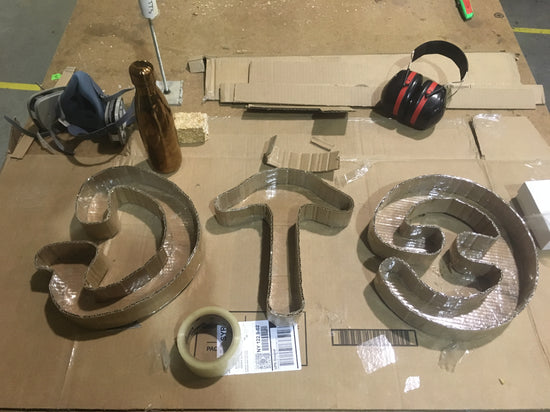Everyone has been in a noisy, echoing room before. When I recently moved out of a large apartment, the first thing I noticed after removing the paintings from the walls and curtains from the windows was how suddenly foreign the room felt—not just from the change of aesthetics in what had been my home, but from the change in noise as well. The room that had previously felt quiet and cozy was now echoing noises: the voices of my friends and noises of shuffling boxes down the stairs were pinging off the walls and resonating—things I couldn’t hear before.
It turns out that all these things in our homes, the curtains, couch cushions, paintings, and rugs, create acoustic baffling for our homes. These things are doing more than just making your home feel like a home, they also provide acoustic comfort as well. All the linens, wall hangings, and furniture foams bounce and absorb sounds that would otherwise echo and resonate in ways that would be annoying to live with every day. While acoustic design and specific products have been mostly reserved for larger auditoriums (e.g. churches, theaters, etc.), they are starting to be used more extensively in the office/work and home environment. Companies like Ecovative have been making easy to install wall coverings that are both artistic and unique while offering acoustic properties as well.

The Weave tiles install easily using adhesive hook and loop pre-attached to the back surface of the panel.
Today, I drove down to Poughkeepsie to the IBM Acoustics Testing Laboratory. Developed for IBM’s now antiquated products, the once bustling lab now serves as a testing ground for IBM’s newest server products, which make so much noise that some require hearing protection. Very few labs like this exist, as the cost of both the testing equipment and insulation lined rooms is quite high. Relics of a once bustling lab full of Ph.D scientists lay on display with a photo of the enormous old servers in the state-of-the-art anechoic chamber and a spec sheet outlining the original costs of the building. As much of IBM’s products have become much smaller and quieter and no longer require testing, the lab is now run by just two technicians, who take on outside contracts—like Ecovative—to help offset the operational costs of the space.

The first Weave tile install at The Rosenblum Company. Photo Credit: The Rosenblum Company.
After getting a tour while we let the tiles acclimate to the room, I spent a few minutes in the eerie silence of the anechoic chamber. We laid the Weave tiles on the floor in the testing room just as they would be installed on the wall and then closed the room for testing. Inside the room a speaker blasts white noise for several seconds and then stops while a microphone records the decay—or how quickly the sound dissipates in the room. Using this decay and control readings of the empty room, the technicians can very accurately measure the NRC (noise reduction coefficient) rating of the acoustic tiles, or, in layman's terms, a measurement of how good the acoustic tiles are at absorbing sound, which is critical for comfortable home and office environments.

Sinewave installation in the breakroom at The Rosenblum Companies.
We do all this so that we can design a product that will not only be easy to install and look beautiful on your wall, but will also act as a functional sound absorber. This test is following the previous testing of the Sinewave tile, which received an NRC rating of 0.60, which means that we are producing an acoustic panel that not only looks unique, but performs to industry standard for acoustical properties and price, all while being made out of healthy and sustainable Mushroom® Materials. We just finished our second install of the Weave and Sinewave tiles for The Rosenblum Companies, who just received the 2017 Community Impact Award for sustainability.
 Weave tile installation in the entryway at The Rosenblum Companies.
Weave tile installation in the entryway at The Rosenblum Companies.
Now that you’ve started thinking about it, can you think of a place where you might benefit from better acoustics?
-Kyle Bucklin




